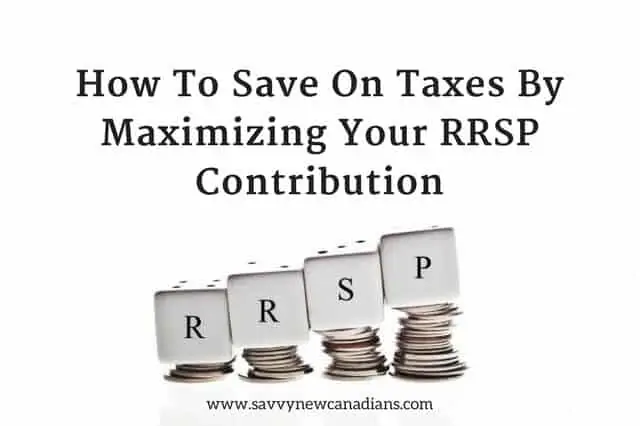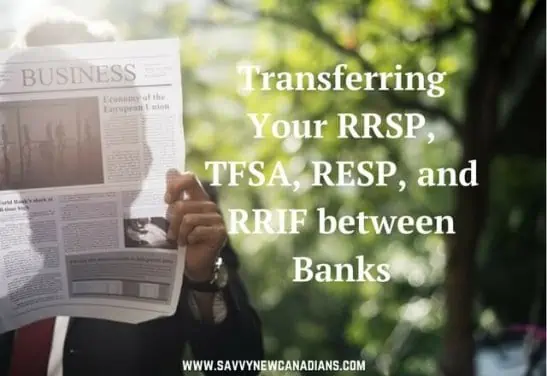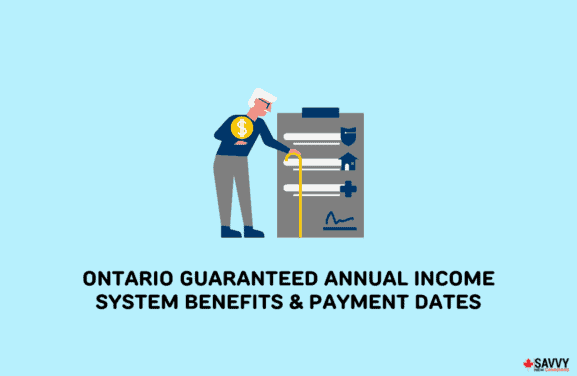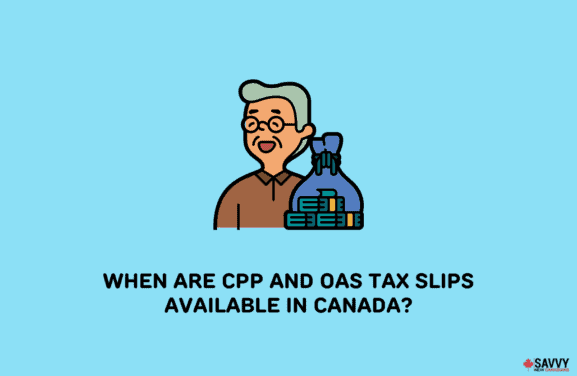Tax season will soon be upon us, and you can save on your tax bill and get a nice refund by maximizing your Registered Retirement Savings Plan (RRSP) contribution for the 2023 or 2024 tax years.
There is an extension of 60 days into a new year to make RRSP contributions that can be claimed as deductions on your tax returns for the previous year. For example, for the 2023 tax year, the RRSP contribution deadline is February 29, 2024.
You can lower your taxes by making an RRSP contribution and claiming the tax deduction when you file your taxes.
Make RRSP Contributions
One of the easiest ways to get a tax refund and lower your taxable income is by making contributions to your RRSP.
Every year you can contribute to your RRSP or to that of your spouse if you have earned income or have an RRSP contribution room. The contribution room is 18% of your earned income for the previous year up to a maximum amount defined annually by the Canada Revenue Agency (CRA).
The maximum RRSP contribution limit for the 2023 tax year was $30,780, while for 2024, it is increasing to $31,560.
RRSP contribution room can be carried forward from year to year. You can find out what your current total contribution room is by checking your notice of assessment or through your CRA My Account.
If you contribute to a pension plan at work, your annual RRSP contribution room may be decreased through a pension adjustment. It will also decrease if you contribute to a spousal RRSP.
Related: Home Buyers’ and Lifelong Learning Plans
How Much Tax Refund Can I Expect?
The refund amount you get after sending in your tax return depends on your current marginal tax rate. For example, if your marginal tax rate is 35% and you contributed $5000 to your RRSP, you should expect a refund of $1,750 (i.e. $5000 x 35%).
What the RRSP contribution does is that it reduces your taxable income today by deferring the taxes on your contribution amount until retirement when you start withdrawing retirement income.

Contribute To A Spousal RRSP
This offers couples an opportunity to lower their combined tax burden in retirement. If one spouse earns significantly more than their counterpart (i.e. in a higher tax bracket), they can choose to contribute to a spousal RRSP.
A benefit of the spousal RRSP is that the contributor can claim the contribution as a deduction on their tax return, while the receiving spouse will still have their own full RRSP contribution room available to them.
Another benefit is the “income-splitting” which lowers the family’s overall tax burden. When retirement savings are split between the spouses, the amount of taxes paid on retirement income by the couple is lower than it would be if one of them had most of the income/savings.
You can contribute to a spousal RRSP until the end of the year your spouse turns 71.
A three-year attribution rule applies to spousal RRSP contributions. If the spousal RRSP contribution is withdrawn within 3 calendar years from when the contribution was made, the contributor will have to pay tax on the amount.
After three calendar years, any withdrawal is taxed in the hands of the plan holder.
For example, if you made a spousal contribution in February 2023, the earliest time a withdrawal wouldn’t attract attribution (i.e. taxation in the hands of the contributor) is January 2026.
Final Thoughts
RRSP contributions are a good way to reduce your current tax bill and get a refund. The tax is deferred to a time in retirement when you are probably earning less and paying less in income tax.
A good investment strategy is to beef up your retirement savings by also investing your annual tax refund.
If you are new to the workforce and earning entry-level or lower wages, a Tax-Free Savings Account (TFSA) may be a better investment strategy during this time of your life. Your RRSP contribution room will increase as you carry it forward from year to year.
When your income increases, you can start using up your RRSP room. The income tax refund you get at this time can then go into increasing your RRSP contributions (more refunds!), into your TFSA, or both.
If your employer offers a group RRSP and matches your contributions on any level, you will likely be better off maximizing your contributions, regardless of what you earn.
If you have high-interest debt (credit card debt, for example), pay this off first. One other financially savvy thing you can do with your refund is to build an emergency fund if you don’t have one.
Related Posts



